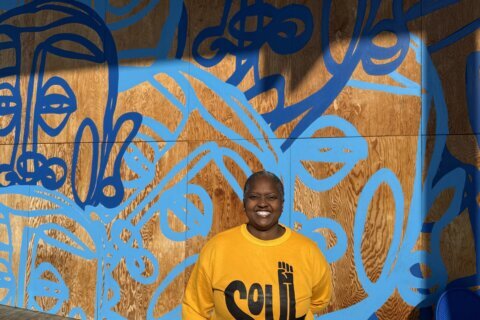July 26 marked the 30th anniversary of the Americans with Disabilities Act, and through the decades, the Smithsonian museums have made some major changes to create a more inclusive space.
Ensuring accessibility to the museums for everyone is Beth Ziebarth’s main mission.
Ziebarth is the director of the Smithsonian’s office of accessibility, called Access Smithsonian. She survived a car accident as a teenager and has used a wheelchair ever since. She’s been working with the Smithsonian for 30 years and understands the needs of visitors with disabilities.
She said a major focus for the Smithsonian over the last few decades has been to ensure all visitors can enjoy its programming.
“By program access, we mean exhibitions, public programs, publications, digital offerings,” she said.
Groundbreaking technology has created new experiences for people with low vision and those who are blind. Other exhibits are geared toward children with autism spectrum disorders or people who are deaf or have hearing difficulties.
Recent technology improvements have helped visitors access better learning opportunities at the museums than they would have in the recent past.
Creating more physical access has also been a focus, even as museums adjust to dealing with a pandemic.
“Like with our new ramp on the [National] Mall side of the Natural History Museum,” she said.
Ziebarth said the Smithsonian has faced two important challenges in 2020: the pandemic and the recent push for racial equity in the way America’s story is presented.
“The pandemic, and when looking at racial equity, some of the challenges are museums have to radically redefine what they are doing both in the short term and the long term,” she said. “This means thinking about social distancing, touch experiences in the museum and overall safety.”
More support for virtual programs will continue to be a major focus for Ziebarth in order to continue creating beneficial experiences for visitors with disabilities.
“In the future, we will have both the in-gallery experience, hopefully, and the online experience, so people can choose between the two.”








